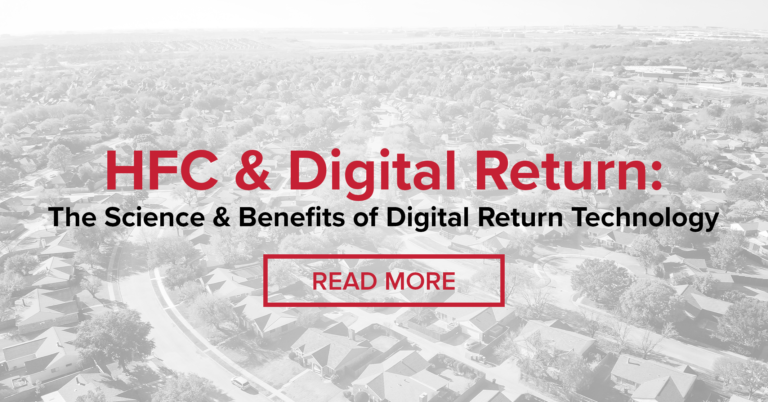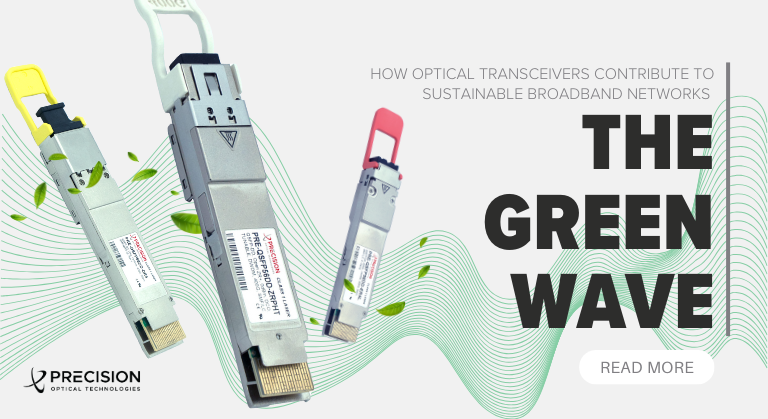
Digital Return’s Impact on HFC Network Performance

Much of the discussion around HFC architectures has historically emphasized upgrades to downstream bandwidth from an MSO’s headend to the consumer. However, the proliferation of services like dedicated internet access (DIA) and high definition streaming is now leading MSOs to focus on also improving their upstream capabilities, from the consumer to the headend. Overall, the issue is one of competitiveness; MSOs are increasingly interested in the bottom-line question of simultaneously advancing and simplifying their HFC networks for maximum efficiency.
Although distributed access architectures (DAA) like Remote PHY (R-PHY) can address these issues successfully, the challenge lies in first preparing legacy HFC networks to support corresponding physical layer technologies like DWDM. Essentially, it is a question of shifting from analog to digital. In this blog, we examine the role digital return technology is playing in upgrading HFC networks’ upstream performance and how Precision OT is enabling this trend.
How Digital Return Technology Works
Digital return technology can assist MSOs in upgrading HFC upstream performance by converting customers’ RF analog signals into optical ones for transmission back to the MSO headend. An analog to digital converter (ADC) accomplishes the initial digitization while the conversion to an optical signal is completed in the outdoor fiber node. Once at the headend, the optical transmission is turned back into an RF analog signal through the use of a digital to analog converter (DAC). Essentially, digital return technology creates a digital path from the node to the MSO headend using already-existing infrastructure. This means network operators do not necessarily have to spend more money on laying new fibers within their HFC networks.
Benefits of Digital Return
To truly get the benefits of digital return from a DAA perspective and simplify operations, MSOs need to upgrade their analog optics to digital ones. Even though this comes with an upfront cost, the long-term benefits of digital return technology are significant. First, digital optics are less expensive overall to operate than traditional analog equipment, especially when it comes to power consumption. As well, elimination of analog lasers directly leads to a reduction in optical noise and improved signal to noise ratios (SNRs). This part is crucial because it helps facilitate the full implementation of enhanced protocols like DOCSIS 3.1, which makes R-PHY architectures competitive with FTTH buildouts.
Facilitating Digital Return Through Digital Optics
When it comes to upgrading HFC networks to take advantage of the benefits of digital return, the Precision OT team is ready to support MSOs with our reputation for high quality optics and responsive customer service. First, having the correct digital optical transceivers (i.e. 10G SFP+ family) at the fiber node and headend is especially important. To make matters simple, our team of expert engineers regularly works with customers to ensure they are purchasing the right equipment for their specific needs. Guaranteed to come with NEM-compatibility, we offer a lifetime advanced exchanged warranty for all optical transceiver products. It’s your best bet for ROI!
Need next-generation optics to power your HFC network upgrades and stay competitive? Contact us.






